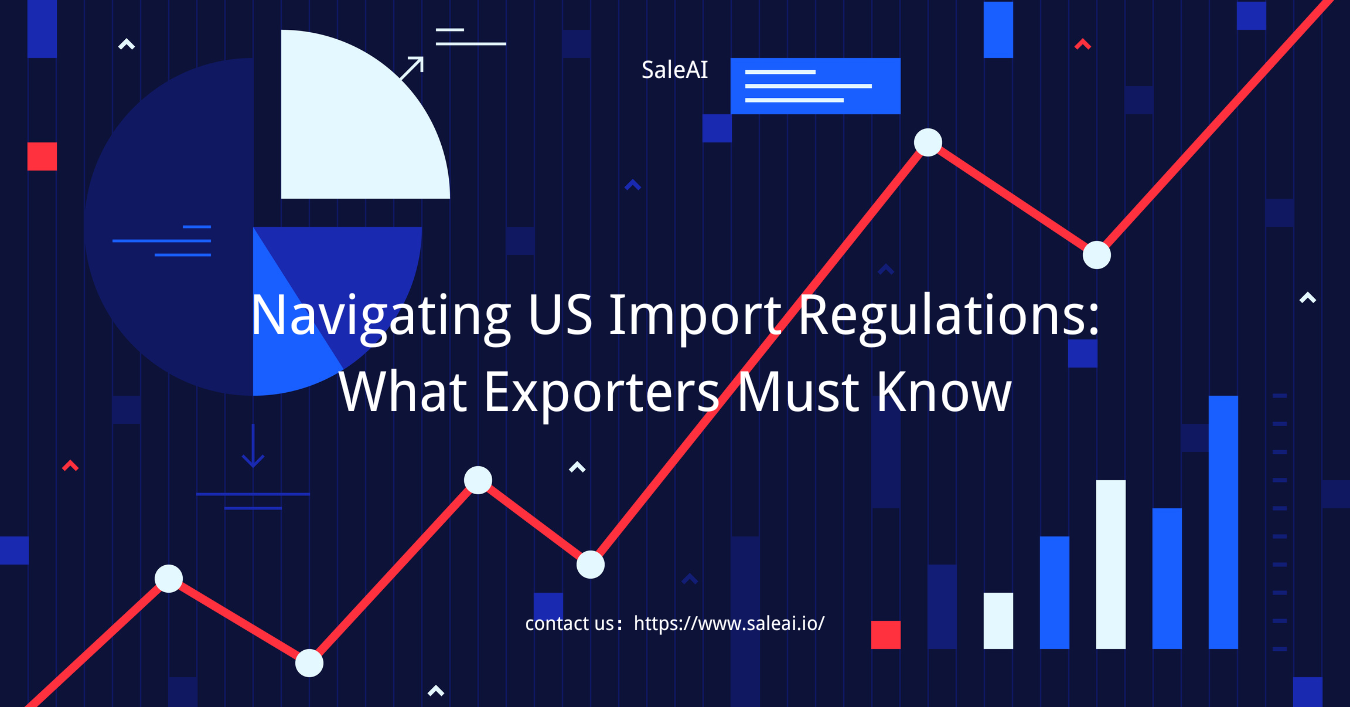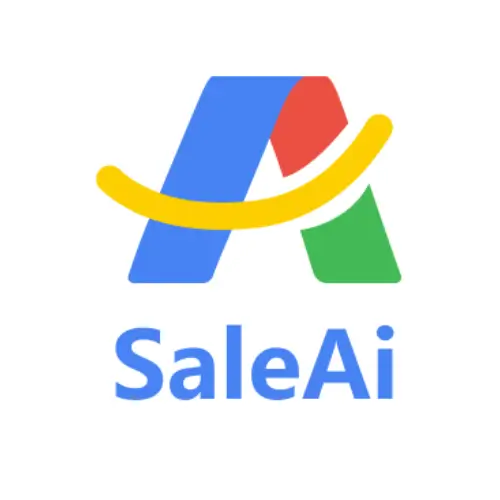
The United States is the world’s largest import market—but also one of the mostregulated.
In 2025, compliance is no longer optional. Violations can lead to:
🚫 Goods held at customs
🚫 Hefty fines
🚫 Contract terminations
🚫 Reputation loss
To succeed, exporters must understand and manage U.S. regulationsbefore the first shipment leaves port.
📌 The Top U.S. Import Compliance Requirements
1️⃣HTS Code Classification (HS Codes)
All imported goods must be classified under theHarmonized Tariff Schedule (HTS).
Incorrect coding leads to incorrect duty fees—and may flag shipments.
✅ UseTradeLink AI Insightsto research competitor product codes and U.S. import trends for your category.
2️⃣Labeling & Packaging Standards
For products like electronics, food, apparel, and furniture, labeling must comply with:
-
Country of origin
-
Material composition
-
Safety warnings
-
Specific agency labels (e.g. FDA, FCC, UL)
🧠 Tip: Build a checklist by U.S. industry usingAutomated Business Datato profile similar U.S. importers.
3️⃣Customs Broker & ISF Filing
U.S. Customs and Border Protection (CBP) requires filing anImporter Security Filing (ISF)24 hours before goods are loaded.
If your buyer doesn’t handle this, you must appoint alicensed customs broker.
⚙️ UseCorpDomain Checkto validate if a buyer is a registered U.S. importer or has an active broker relationship.
4️⃣Product Compliance (FDA, EPA, FCC, CPSIA...)
Depending on your product category, you may need to meet U.S. standards issued by:
| Product Type | Regulatory Body |
|---|---|
| Food, supplements | FDA |
| Electrical goods | FCC |
| Chemical products | EPA |
| Toys, baby items | CPSIA |
| Furniture, fabrics | CPSC |
🧠 Solution: UseTradeLink AI Insightsto identify regulatory keywords & trends by product.
5️⃣Anti-Dumping & Trade Restrictions
U.S. trade policy includes:
-
Anti-dumping duties
-
Section 301 tariffs
-
Bans on entities or countries
-
Forced labor compliance (e.g. UFLPA)
✅ Before finalizing a buyer deal, useEnterpriseScopeto vet their exposure and screen red-flag signals.
⚠️ Common Compliance Pitfalls
| Mistake | Consequence |
|---|---|
| Wrong HS code | Incorrect tariffs, seizure risk |
| Incomplete labeling | Customs rejection |
| Missed ISF deadline | $5,000+ fine |
| Ignoring restricted lists | Legal liability, shipment ban |
| No traceability documentation | Buyer loss, reputational harm |
✅ How SaleAI Helps You Stay Compliant
SaleAI isn't just for lead generation—it powers compliance readiness:
| Compliance Task | SaleAI Module |
|---|---|
| Research product trends / HS codes | TradeLink AI Insights |
| Understand U.S. importer expectations | Automated Business Data |
| Verify if buyer is U.S. registered | CorpDomain Check |
| Analyze buyer risk & blacklists | EnterpriseScope |
| Clarify import docs via chat follow-up | Cognitive Automation Ally |
📦 Bonus Tip: Include Regulatory Readiness in Buyer Pitches
U.S. buyers trust exporters who proactively address compliance.
UseEmail SmartReachto send sequences like:
✅ “We’re fully compliant with FDA and FCC regulations”
✅ “We’ve successfully shipped to Texas, Florida, and California since 2023”
✅ “Our HS code classification is confirmed with customs brokers”
These small signals = big trust boosters.
🚀 Final Thoughts
Compliance is not a burden—it’s acompetitive advantage.
✅ It reduces shipment delays
✅ Builds buyer trust
✅ Increases your success rate in closing U.S. deals
With SaleAI, you’re not guessing. You’re operating withmarket intelligence, verified data, and automation.





